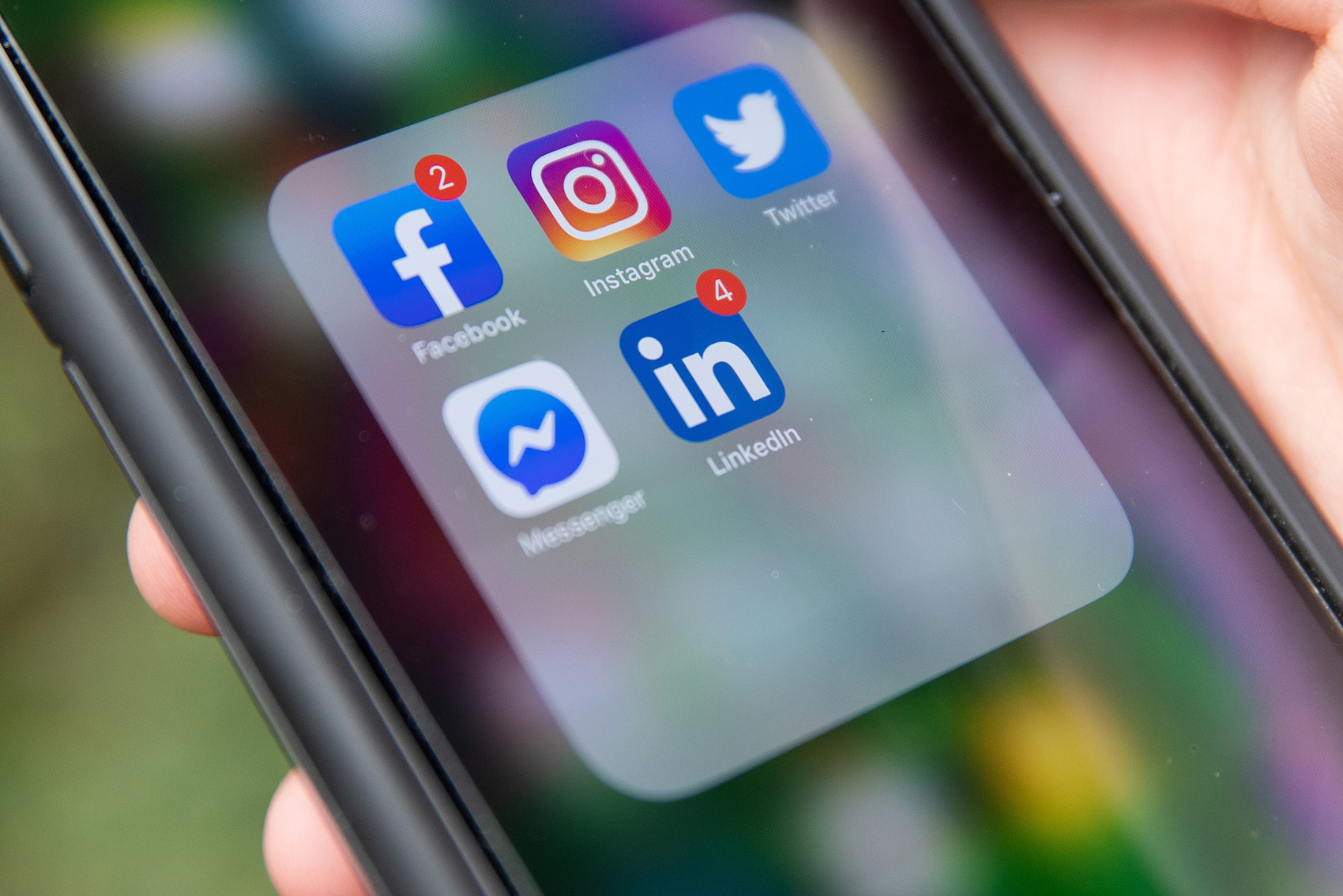Social media is one of the biggest industries in the modern digital age. Beginning as a fringe activity with sites like MySpace and Friendster, it is now part of the lives of everyone in the developed world. Nearly everyone spends at least some time every day on one or more social media apps. One of the more neglected of these is LinkedIn.
LinkedIn has been described as Facebook for professionals. Ostensibly, people go there with the intent of putting their name and credentials out into the digital space, engaging in the kind of networking that can lead to better professional opportunities in the future. However extraordinary this concept is, the truth is that LinkedIn is a bit of a red-headed stepchild when it comes to the social media world. With so many other things going on and without the perceived need to constantly be searching for a new job, professional Facebook gets neglected most of the time. Many accounts sit inactive for years at a time.
This situation has led to a movement on the part of some to transform it into something more like actual Facebook, to make it a place where people post about their regular lives to drive up engagement. While the appeal of this approach is understandable, it can cause problems of its own. How so?
Businesses are very sensitive about how they are perceived online. That means they are also sensitive about who they employ, which means they are paying attention to how people act on social media. Most businesses aren’t going to go out of their way to check the standard social media pages. However, if you expect to make future business connections via LinkedIn, keeping your profile strictly professional would be wise. This typically means restricting political and other touchy subjects to your other media accounts. The same goes for family pictures, especially the embarrassing ones of your kids. After all, they might be on the site along with you trying to network with some of the same people as you. So keep the embarrassing anecdotes and pics for the private Instagram account.
So, how should you be using LinkedIn? How do you increase your engagement on a social media site without sharing your thoughts and family life? Believe it or not, it is easier than you think.
Keep Your Followers Informed!
Start with the obvious—post-positive news about what is going on where you work. If you complete a new project or get some kind of award, then you will want to share all of that. Naturally, if there are sensitive details, then you should not be sharing those. But anything that demonstrates your engagement, creativity, and dedication should be shared far and wide. Keep up with older contacts, people you’ve worked with at previous jobs, or people who have moved on from your current employer. Publicly ask questions about their recent work.
Keep Abreast Of Your Competition
Also, make sure you are researching other employers in your field. Keep up with hiring and other developments like building new facilities, adding new product lines or services, or even starting a new marketing campaign. Yes, you should do this even if you are not looking for work currently and don’t plan to in the near future. This is for two reasons. One, you never know when you might need a new job and having the groundwork laid ahead of time is not a bad idea. Two, while you may be pleased in your current position, it is always possible to find a better opportunity along the way. As they say, always keep your options open.
Engage Your Audience
Another obvious thing is not to leave connection requests and messages sitting around for months before you respond. Nothing kills engagement like not engaging.
How does all of this apply to the foundry industry? The same way it applies everywhere else. Foundries have plenty of people in suits and ties, the kinds of people LinkedIn was initially designed for; however, since the younger generations are highly plugged in, it has relevance for people on the floor as well, especially millwrights, machinists, and welders. Everyone today is connected digitally, which is why everyone, from the laborer to the CEO, knows how to best use their social media presence to the most significant effect.



